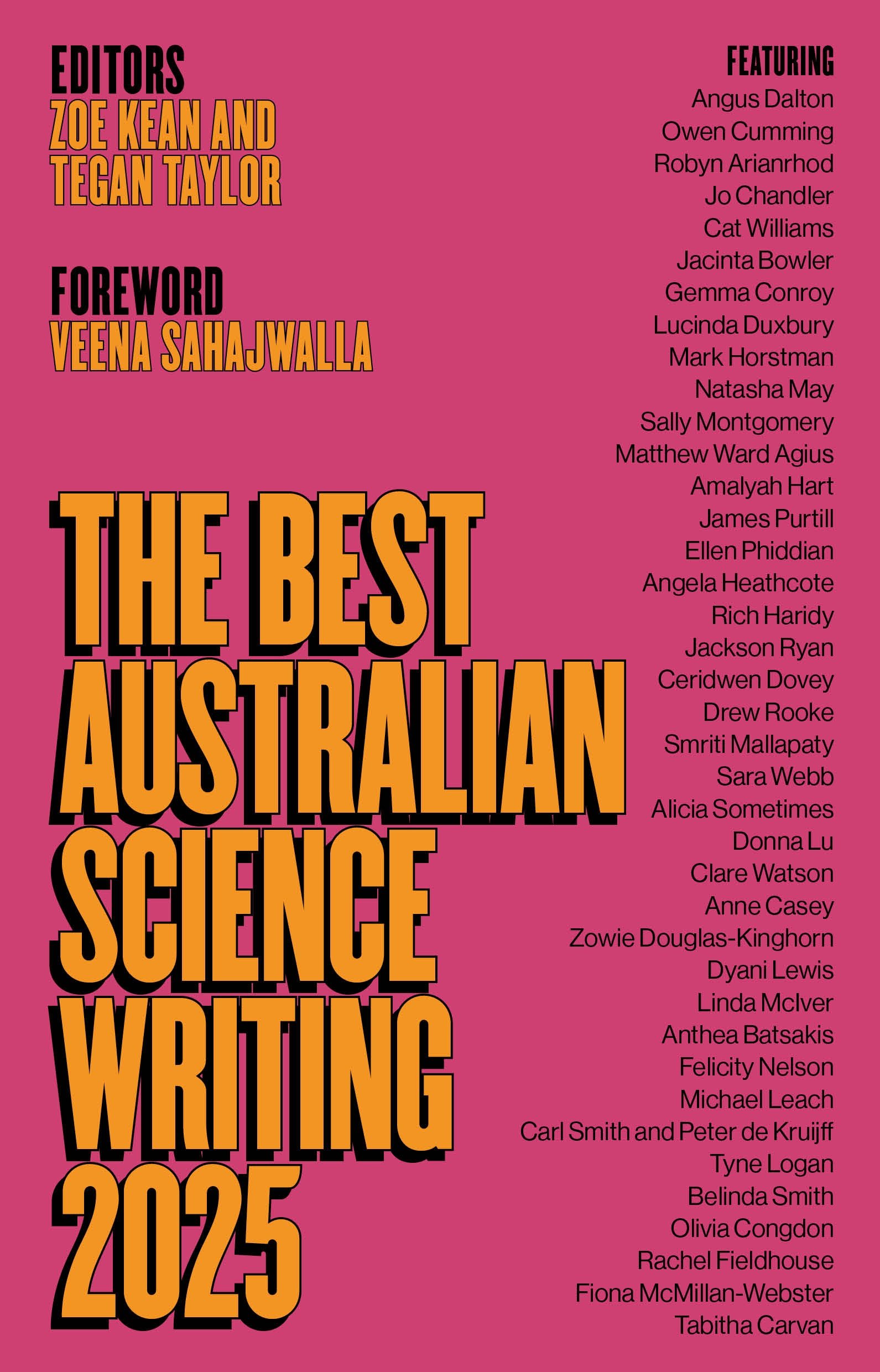Taking to the Field: A history of Australian women in science
Monash University Publishing, $34.99 pb, 336 pp
Escaping the barriers
In 1943, of the 101 science graduates of the University of Sydney, 55.4 per cent were women. That same year at the University of Melbourne the proportion was 46.2 per cent, and by 1945 women made up 37.4 per cent of all science graduates across Australia. Given contemporary anxieties about women’s involvement in science, these statistics appear unbelievable. Yet, as Jane Carey explores in Taking to the Field, between the 1880s and the 1950s women were not only completing science degrees in notable numbers but, even outside the unusual war years, were contributing valuably to Australian science through research, teaching, and social reform.
Taking to the Field aims to ‘name’ and ‘reclaim’ these women. Across six chapters, Australia’s little-known women of science are placed into their respective arenas: as amateur natural scientists in the bush; social reformers gracing community halls and lecture theatres; and as academic women in Australia’s universities. These women, Carey contends, were ‘those who escaped the barriers that restricted other women so completely’. They were women whose social and financial mobility, family connections, and education ‘expanded their horizons’. Carey maintains that these influences – i.e. those that have supported women’s participation in science – demonstrate that there was ‘remarkably little resistance’ to their inclusion, despite our tendency to think otherwise.
This is evident in women’s involvement in the acquisition and dissemination of scientific knowledge prior to science’s professionalisation. Carey uses various colonial women, including writer and keen botanist Louisa Atkinson and amateur geologist and (later) anthropologist Georgina King, to demonstrate that gathering scientific knowledge of the Empire’s far-flung territories was considered a worthy pursuit for financially and socially mobile women in the mid-nineteenth century. Women’s early contributions to science as amateur naturalists aided colonisation by both ‘uncovering’ nature’s ‘secrets and treasures’ and assisting in the ‘quest for national identity’. This was especially important for a nation finding its feet.
Continue reading for only $10 per month. Subscribe and gain full access to Australian Book Review. Already a subscriber? Sign in. If you need assistance, feel free to contact us.












Leave a comment
If you are an ABR subscriber, you will need to sign in to post a comment.
If you have forgotten your sign in details, or if you receive an error message when trying to submit your comment, please email your comment (and the name of the article to which it relates) to ABR Comments. We will review your comment and, subject to approval, we will post it under your name.
Please note that all comments must be approved by ABR and comply with our Terms & Conditions.